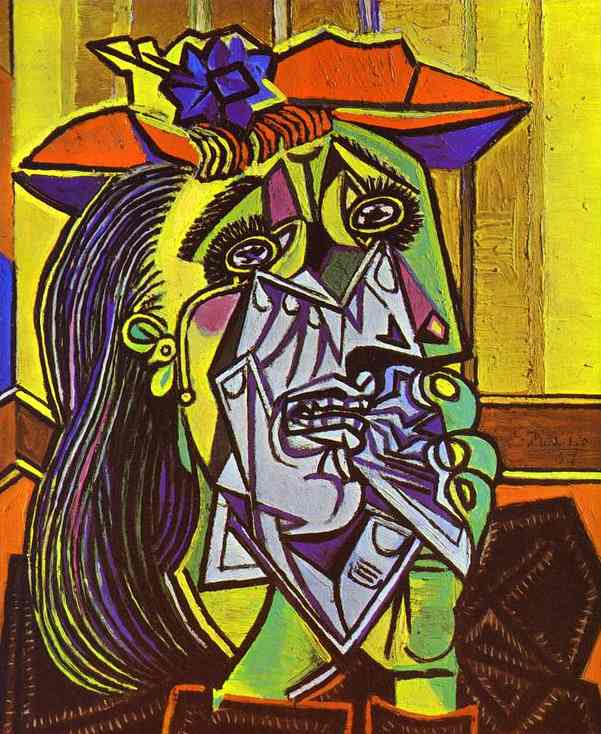More from Wikipedia, on Vicki Gene Robinson (born May 29, 1947): ‘[He] went public with his sexual identity and divorced in the 1980s. Robinson was elected bishop by the New Hampshire diocese on June 7, 2003, at St. Paul's Church in Concord. Wearing a bullet-proof vest he was consecrated on November 2, 2003 ([and] Retired South African Archbishop Desmond Tutu stated that he did not see what "all the fuss" was about’) [2]
In the Eye of the Storm Gene Robinson’s passionate (but graciously expressed) thesis is that ‘the planets seem to be aligned today’ for the full civil rights of glbt people - a struggle similar to those of the civil rights and feminist movements. He asserts that the way we think about sexual orientation today was unknown in biblical times. He supports sexual abstinence outside of committed relationships, and theologically would be regarded as a ‘moderate conservative’. His God is a God of radical inclusion, who wants to lift up all the oppressed, including women, minorities and the poor.
In the Eye of the Storm is a book of Robinson’s favorite homilies, spiced here and there with a few autobiographical details - like his childhood in a poor, uneducated, and deeply Christian family in rural Kentucky where his parents were tenant farmers; his first marriage by which he had two children; his treatment for alcohol dependence (there’s only one sentence about that); and his twenty-year commitment to partner Mark Andrews – about whom we learn almost nothing.
He comes across as a sensitive, warm and forgiving man – traits not always practised by many of his critics – who is utterly committed to the prophetic call to ‘do justice, love mercy, and walk humbly with our God’ (not – as the Prayer Book wrongly states – to ‘love justice [and] to do mercy…’) [3]
Gay issues are essentially about social justice, and he views acceptance of lgbt people as inevitable.
Here are some bits I marked:
· ‘Some estimate that between 40 and 60 percent of Roman Catholic priests are gay’ (18) [4]
· ‘We’ve seen more promiscuity among gay men, not because both men are gay, but because both men are men. Studies of lesbian women show little or no interest in promiscuity’ (41)

· ‘Literally hundreds of rights and protections afforded heterosexual couples at the utterance of “I do” are not available to us. The kinds of protections that became instantly available to Britney Spears – who, on a lark, decided one night in Las Vegas to get married – are not available to Mark and me despite twenty years of love and fidelity’ (48)
· ‘[A Canadian bishop is] being lambasted around the world for blessing the union of two same-gender loving people. He and his people may be wondering why, if we can bless fox hunts and fishing fleets, we cannot bless two people who pledge to love one another in a faithful, monogamous, life-long-intentioned union and who seek the church’s blessing on that holy endeavor’ (98)
· ‘To many, asking gay folk to return to church is like asking an abused wife to return to her abusive husband’ (99)
Gene Robinson knows that he will ‘never again be in a “small room.” Because of the high level of media attention, followed by the close scrutiny of those who oppose me, I'm never in a trusting, safe environment where I can let my guard down. Someone is always watching and will use anything I say against me’ (46).
I want to echo the heartfelt words from Desmond Tutu’s Foreword: ‘May I wholly inadequately apologize to my sisters and brothers who are gay, lesbian, bisexual or transgendered for the cruelty and injustice that you have suffered and continue to suffer at the hands of us, your fellow Anglicans; I am sorry. Forgive us for all the pain we have caused you and which we continue to inflict on you. Gene Robinson is a wonderful human being, and I am proud to belong to the same church as he.’
[1] Wikipedia article ‘Gay Bishops’
[2] Wikipedia ‘Vicki Gene Robinson’
[3] p. 125
[4] Elizabeth Stuart, Chosen: Gay Catholic Priests Tell Their Stories, 1993
Shalom!/Salaam!/Pax!
Rowland Croucher
July 2011







